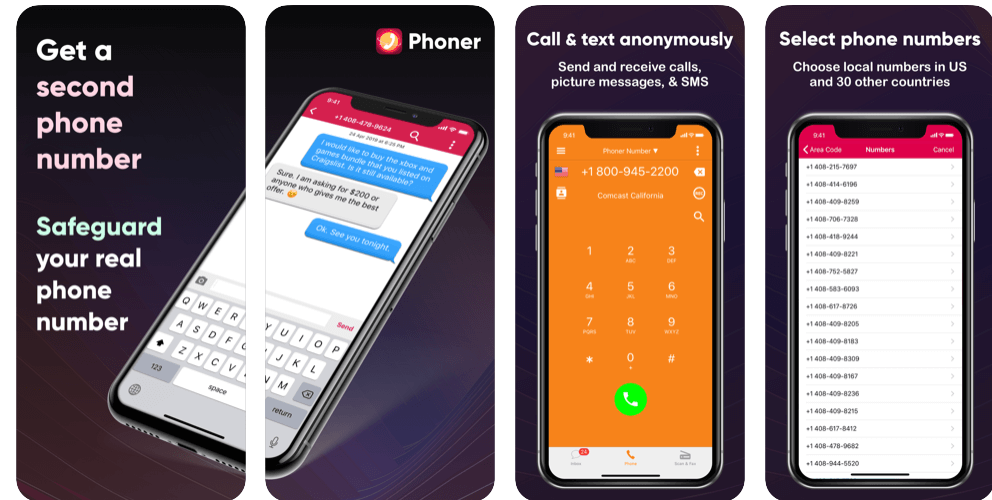With over 1.75 billion people already speaking English and English learners getting more numerous and younger, many around the world are looking at how to teach English as a second language online.
Not only are online English teaching jobs becoming more popular, teaching English online can also be a rewarding experience. With relatively low entry barriers across many counties looking for teachers who teach English online, some countries allow teachers to teach online with no experience or teach online without a degree.
And because teaching English online isn’t restricted by geographical barriers, signing up to teach English with onlineESL programs can potentially mean limitless students all lining up to attend your classes!
Interested in knowing how to teach English as a second language online? Read on to find out more.
Step 1: Think about how you want to start teaching English online
The first step in our quick guide for how to teach English as a Second Language online is to explore your potential career setup as an ESL teacher. Typically, there are 3 ways any budding ESL teacher can explore:
- Join an ESL company like Vipkid and TeachAway and become an online teacher with them
- Sell yourself as an online ESL teacher on freelance platforms and skill marketplaces like Upwork and Freelancer
- Network and connect with students that pay on your own terms
Each way has its own benefits and drawbacks.
teaching platforms tend to be overcrowded and it’s very likely you’ll be left fighting for scraps left behind by more popular teachers.
There’s often a “race-to-the-bottom” on freelance platforms and that forces you to depress how much you can actually make.
Networking and connecting with potential students is time-consuming and may not get your results if you cannot build credibility well.
There’s no best route, so pick the one that plays to your strengths. If you do choose to attract private students, be sure to:
- Design an eye-catching website that clearly states what you can offer
- Promote yourself both offline and online – be everywhere if you can!\
- Deliver a personalised experience with every student and keep the teaching private and as exclusive as possible
Step 2: Pick a niche and get students
When thinking about how to teach English as a second language online, you’ll also need to figure out what niche you want to work with. ESL in itself is a very broad industry, and students learning English as a second language can vary a lot in age and proficiency.
For example, if you plan to teach online with no experience, you may want to consider teaching a student demographic that does not require help with important fundamentals, or needs assistance with higher-order English skills.
When picking a niche, also think about how you teach, and what aspects of English you want to teach. Teaching conversational English online in an e-learning setting requires different skills and approaches than an English exam prep class. English curriculum can also vary widely from country to country.
Step 3: Set up your communication with students
Once you’ve ironed out the basics, the next step in your plan to teach English online is to ensure proper communication with your students.
All e-learning is either synchronous or asynchronous. Depending on your chose niche, your classes can be either or, or a mix of both. Consider online messaging services like WhatsApp, Telegram and WeChat, as well as teleconferencing tools like Zoom and Skype.
To enhance your online English teaching experience, use e-learning tools like Peardeck, Kahoot or even easy-to-use project management tools like Trello. These tools help encourage student-to-student interaction and serves as community spaces for students to freely share their opinion and voice their concerns.
Step 4: Set up payment options for your online lessons
When planning for how to teach English as a Second Language online, you will also need to think about how you want to receive payment from your students.
Unless you’re with an ESL provider or e-learning company that automates the payment process for you, you will need to set up your own payment system and instruct students on how to make payments when you teach English online. Consider sending students a personalised monthly invoice, and ping them with a payment reminder the week before payment is due.
For payment platforms, Paypal remains the most highly recommended among online ESL teachers who teach English online. Just make sure your payment option accommodates all your students – some payment options may not be available in certain countries.
Step 5: Make sure you have a strong cancellation policy
The least exciting part about how to teach English as a Second Language online is making sure you know what to do when a student cancels on you.
Students learning English online can sometimes be flaky, or they just won’t take you as an online ESL teacher seriously. When you encounter these time-wasting situations, your cancellation policy becomes your lifesaver.
We won’t be covering what you should include in your cancellation policy, but take note that you’ll need to clearly communicate this policy to your students. This is important so that when you teach English online and a student does cancel on you, he or she is clear of the consequences and you don’t end up with any unnecessary headaches.
BONUS Tip: Teach English online with a separate phone number
Often, people who are looking at how to teach English as a Second Language online fall into the same trap as most freelancers and remote workers do: they lose all work-life balance.
Online ESL teachers who teach English from home and use their actual phone numbers to keep in touch with students also place themselves at risk of three things:
- A student calls them on their actual phone number, they mistake the number for someone else and give the wrong, maybe even inappropriate, reply.
- Their students mishandle their contact details, and their actual phone number is leaked to telemarketers and scammers
- Their students may not actually be students but shady individuals waiting to commit identity theft and fraud.
This can easily happen especially to online ESL teachers who teach English online with no experience. To keep yourself safe when you teach English online, always make sure you have a separate phone number to keep in touch with your students with.
Teach English online safely with Phoner
Here’s where Phoner comes in.

With Phoner, you have access to unlimited phone numbers you can immediately use without needing to get a second phone or SIM card. Our phone numbers reliably receive calls and messages, and with numbers from around the world, you might also save on international call fees!
Phoner’s second phone numbers also keep you safe when you share our numbers with potential students and online ESL providers instead of your actual phone number. Teach English online with a peace of mind while Phoner keeps your online privacy and security safe.
And that’s our guide for how to teach English as a Second Language online. Get Phoner now and teach English online the safer and smarter way!
